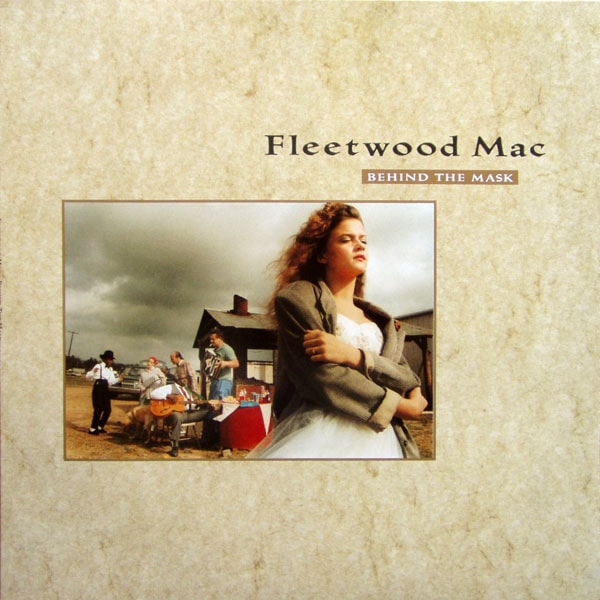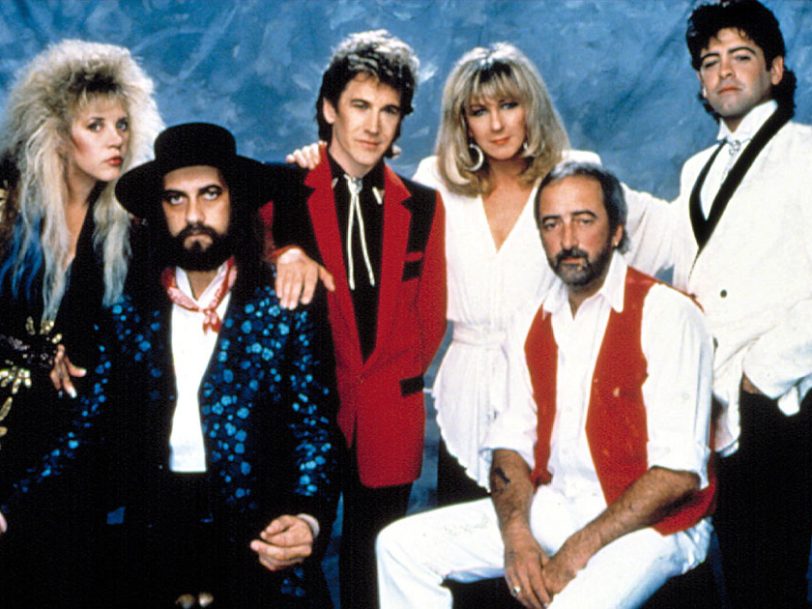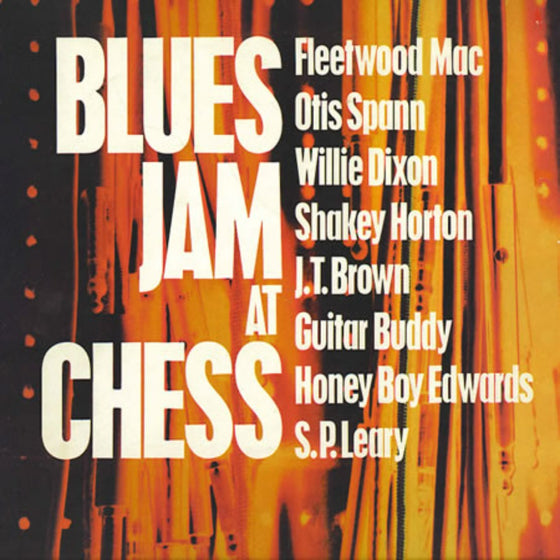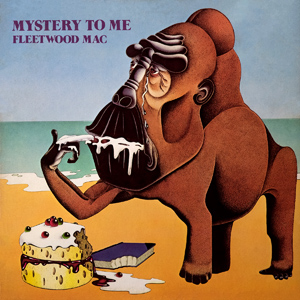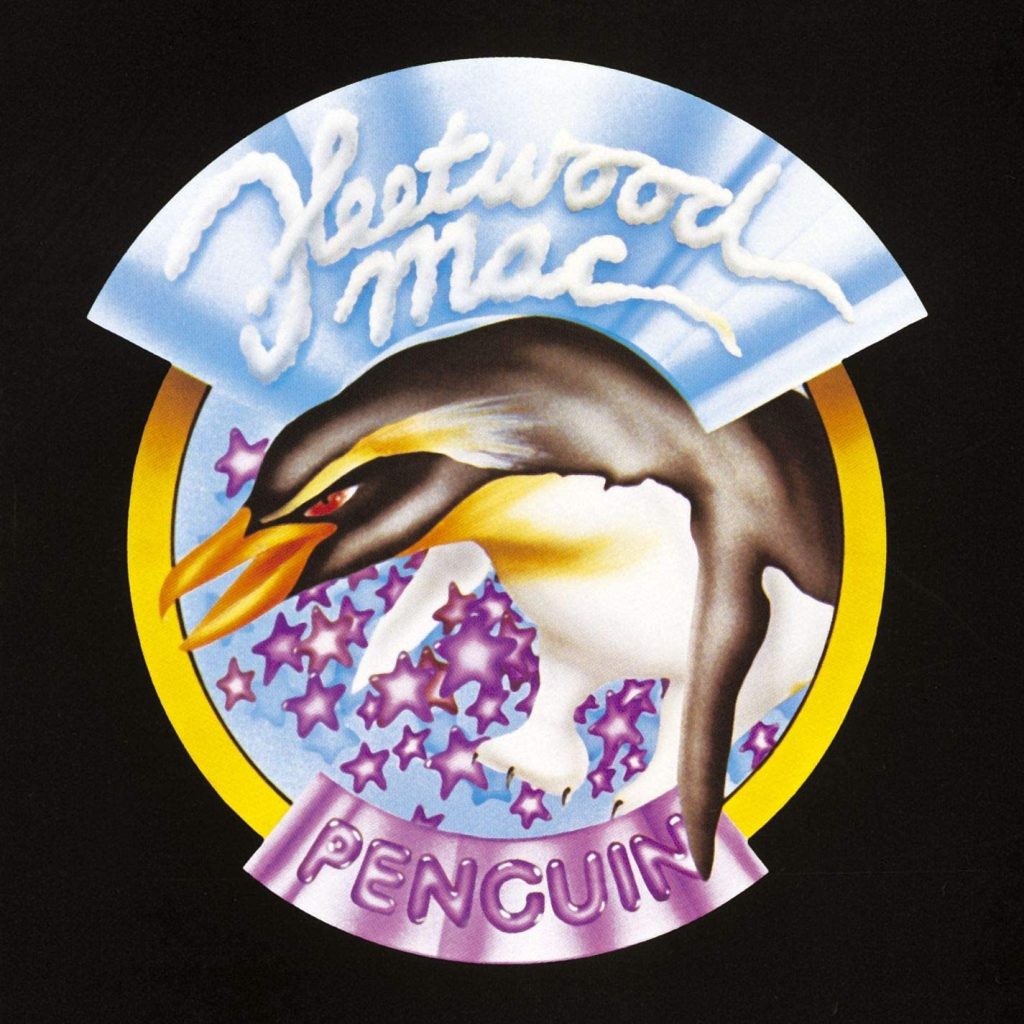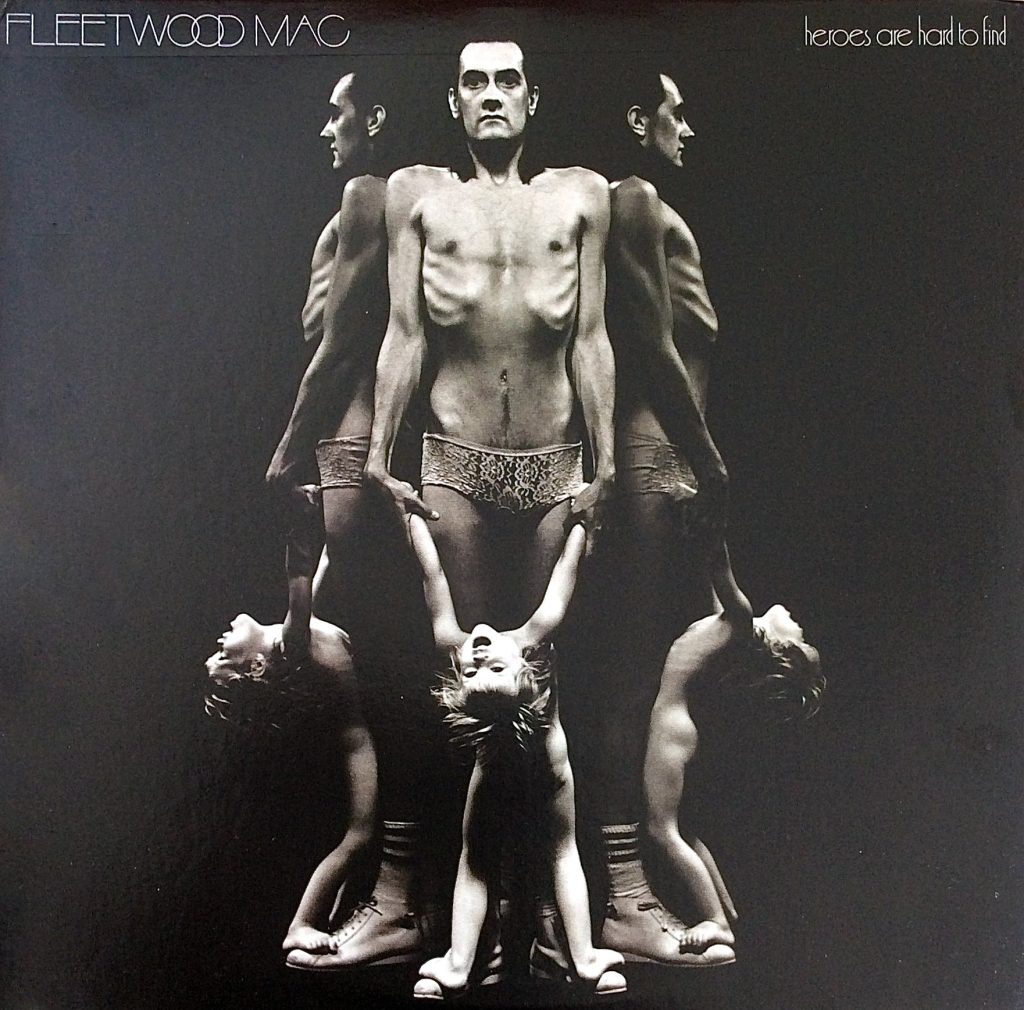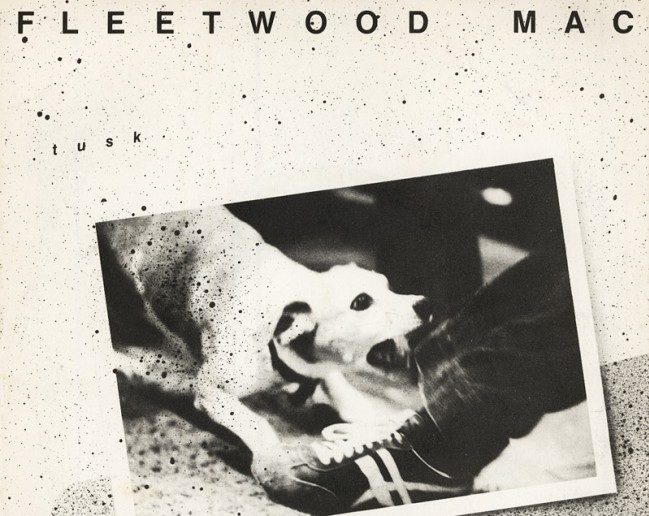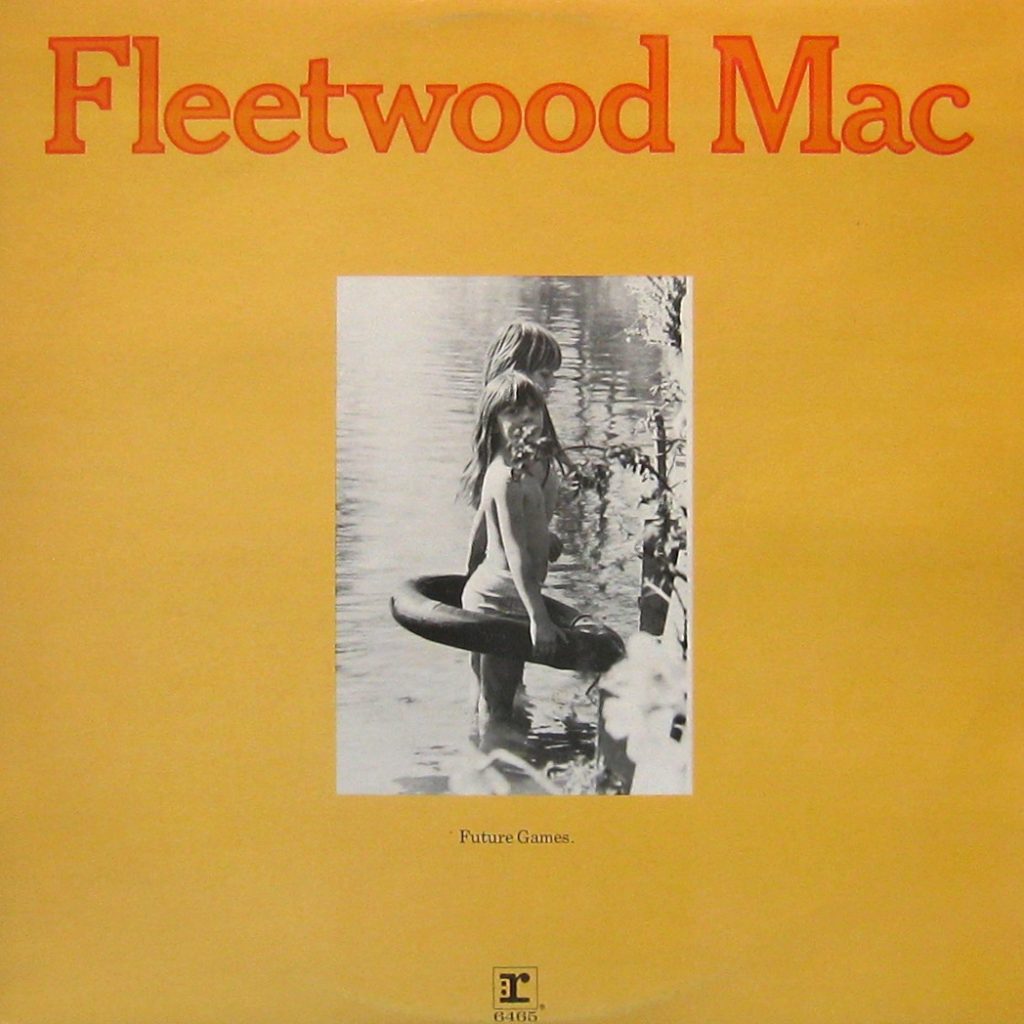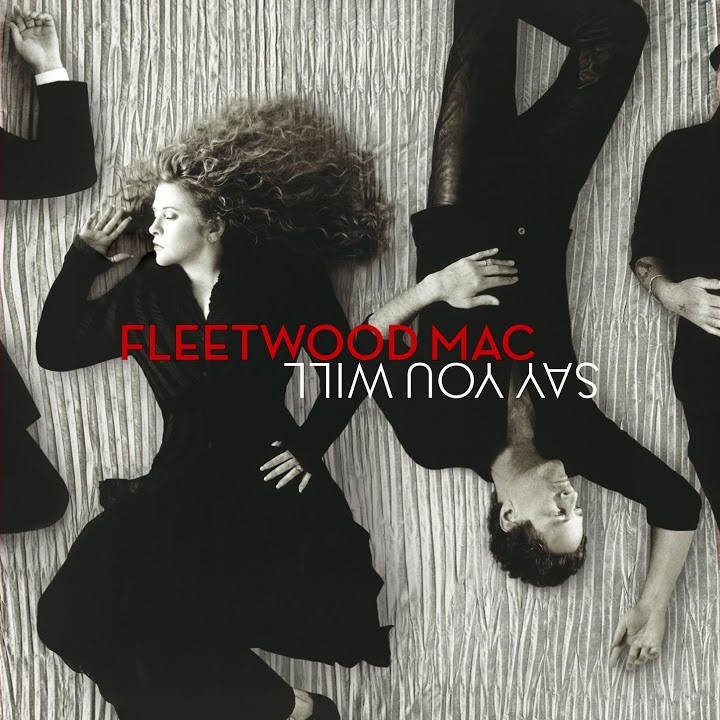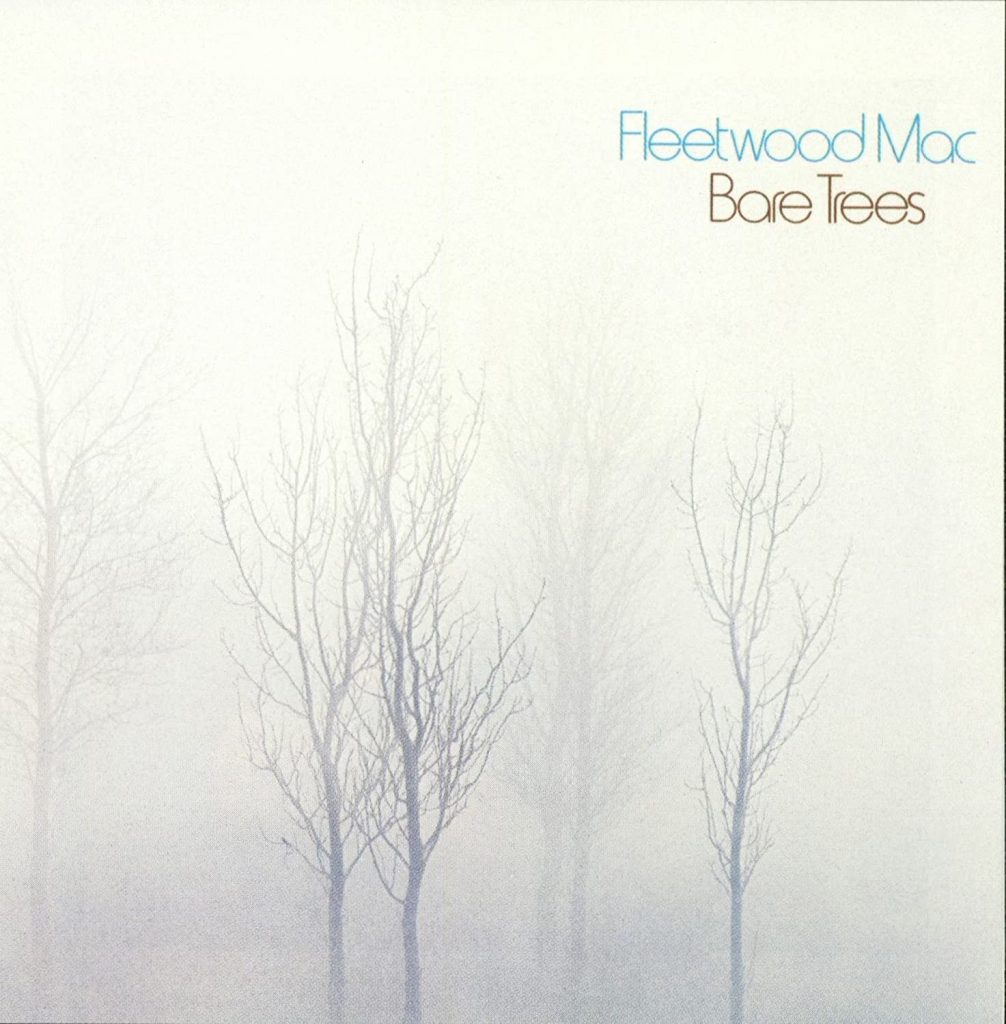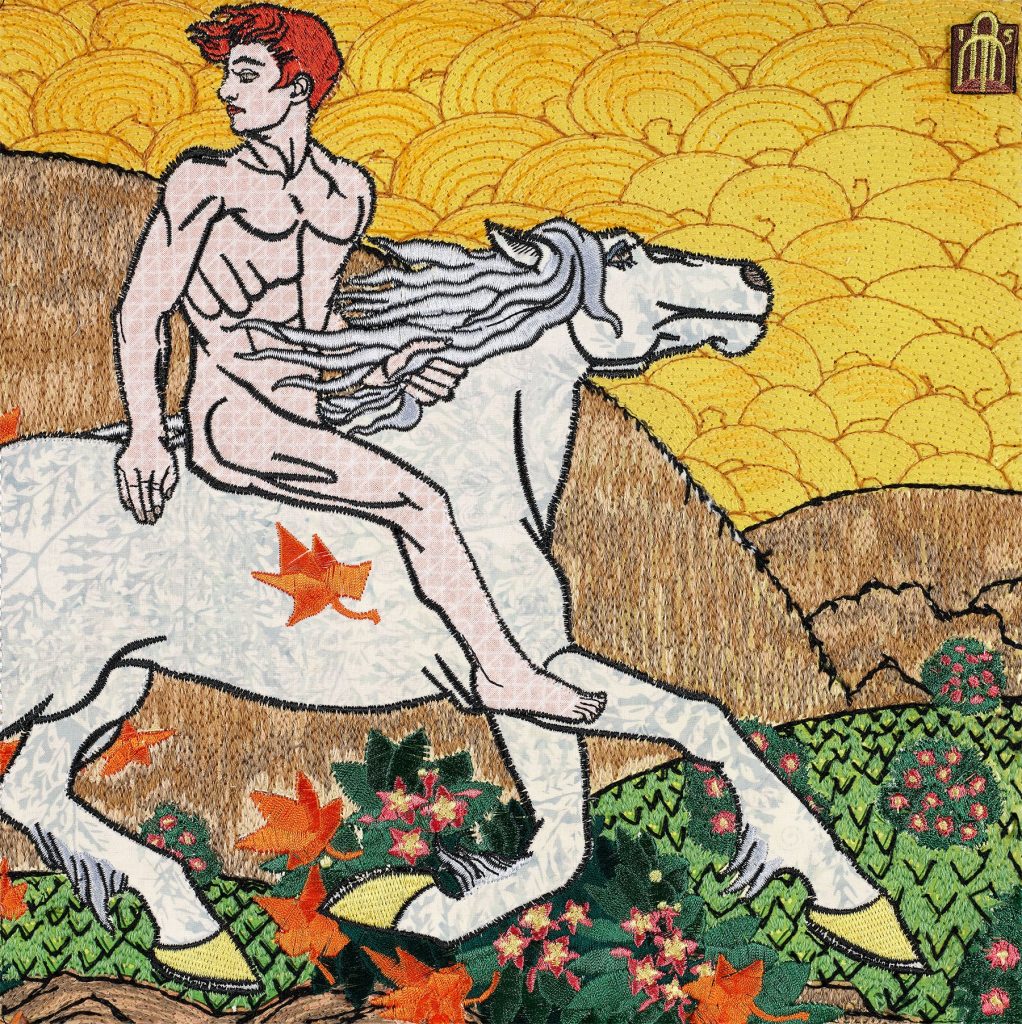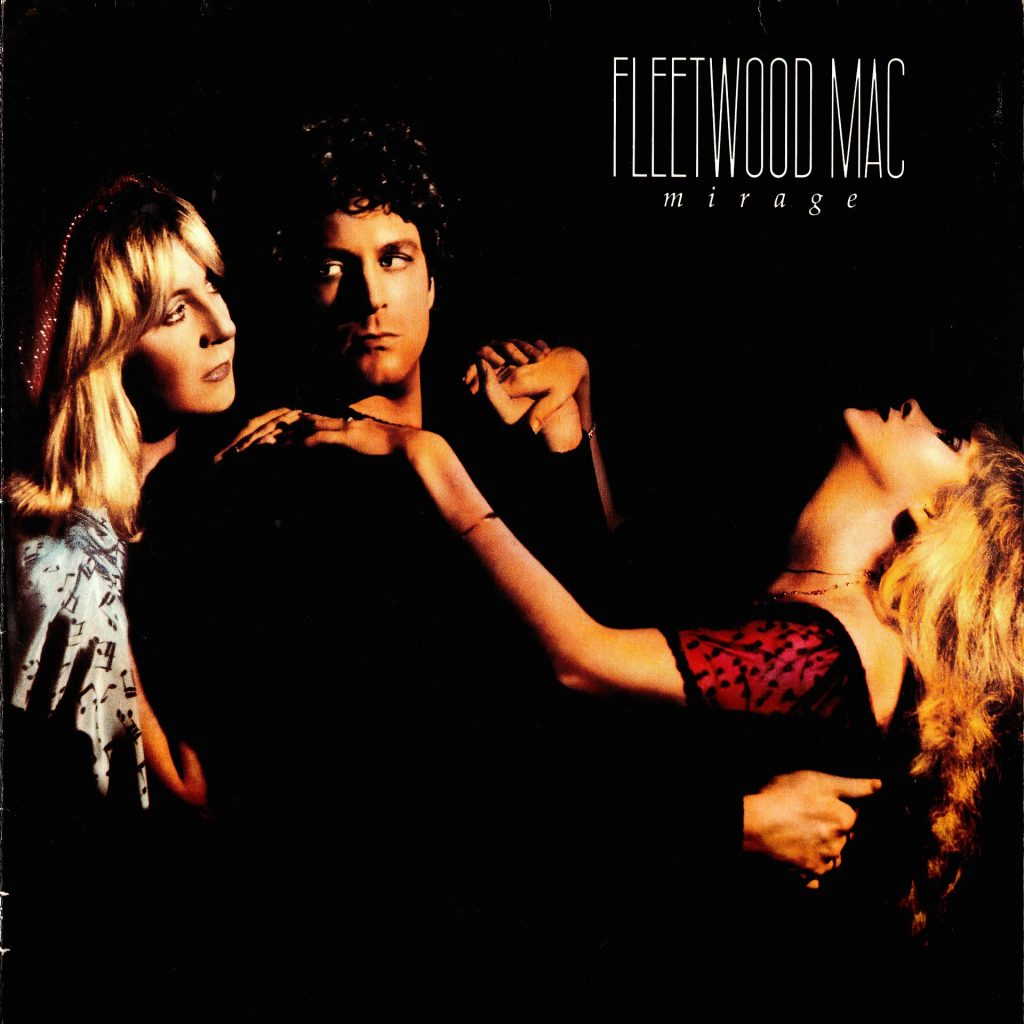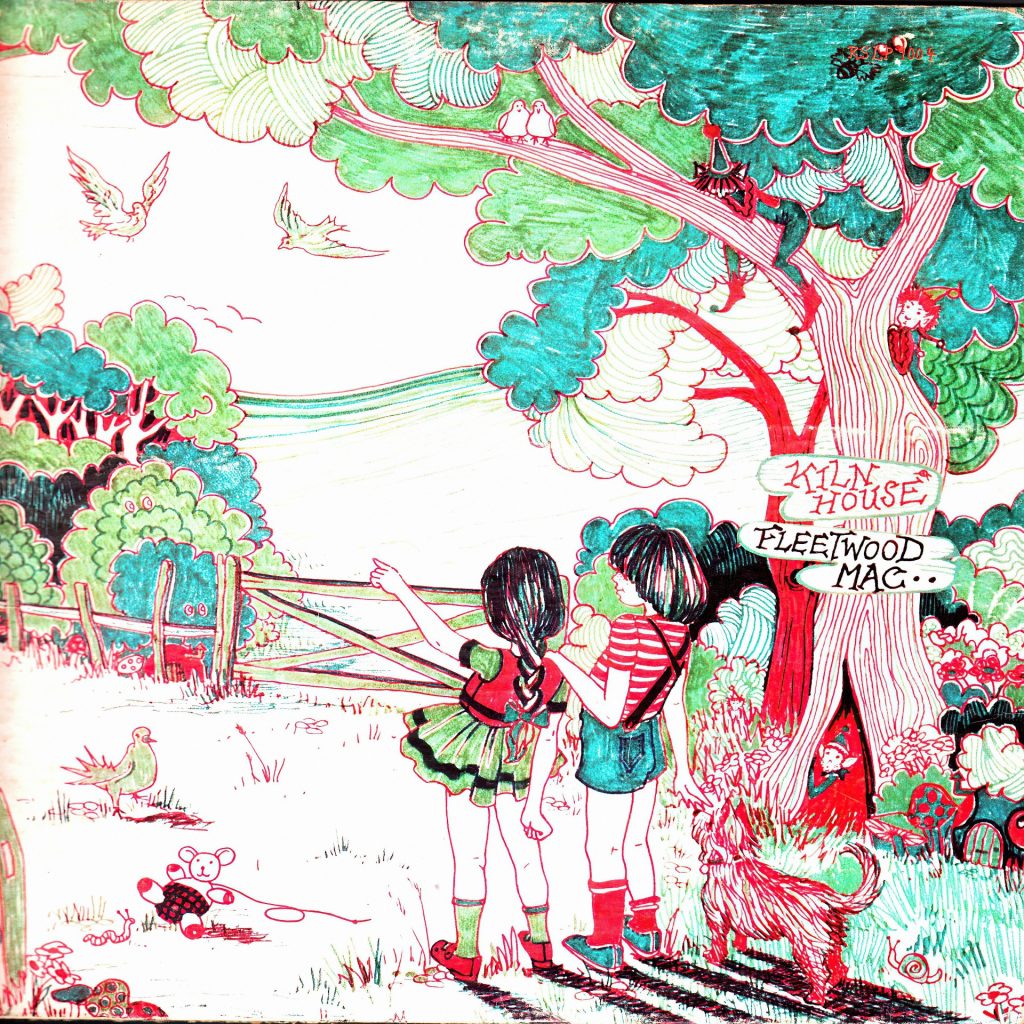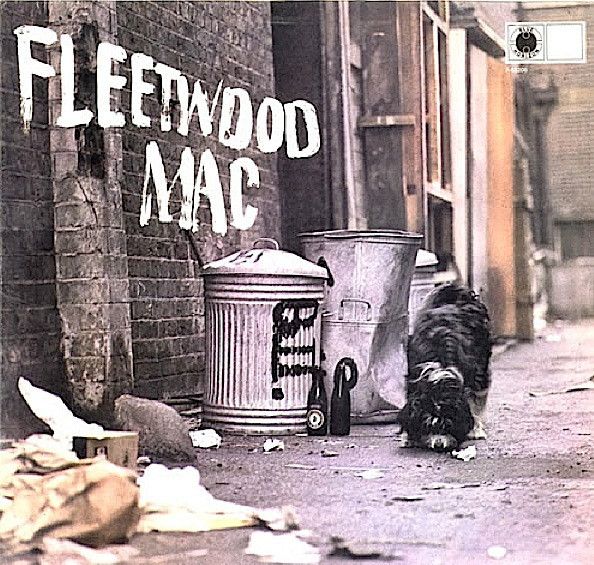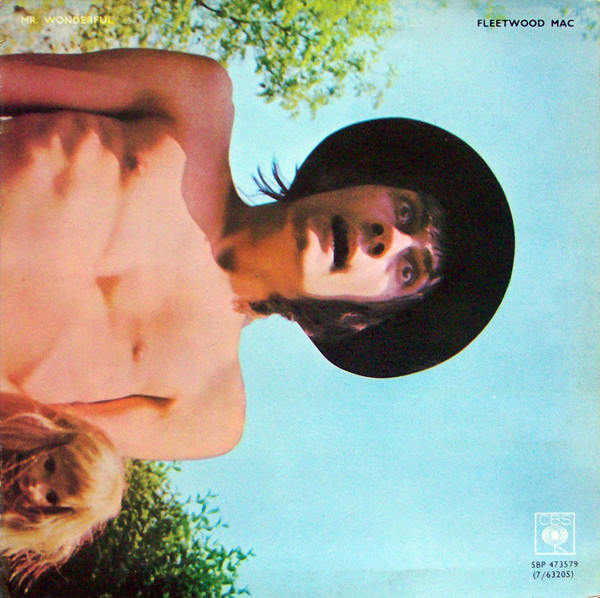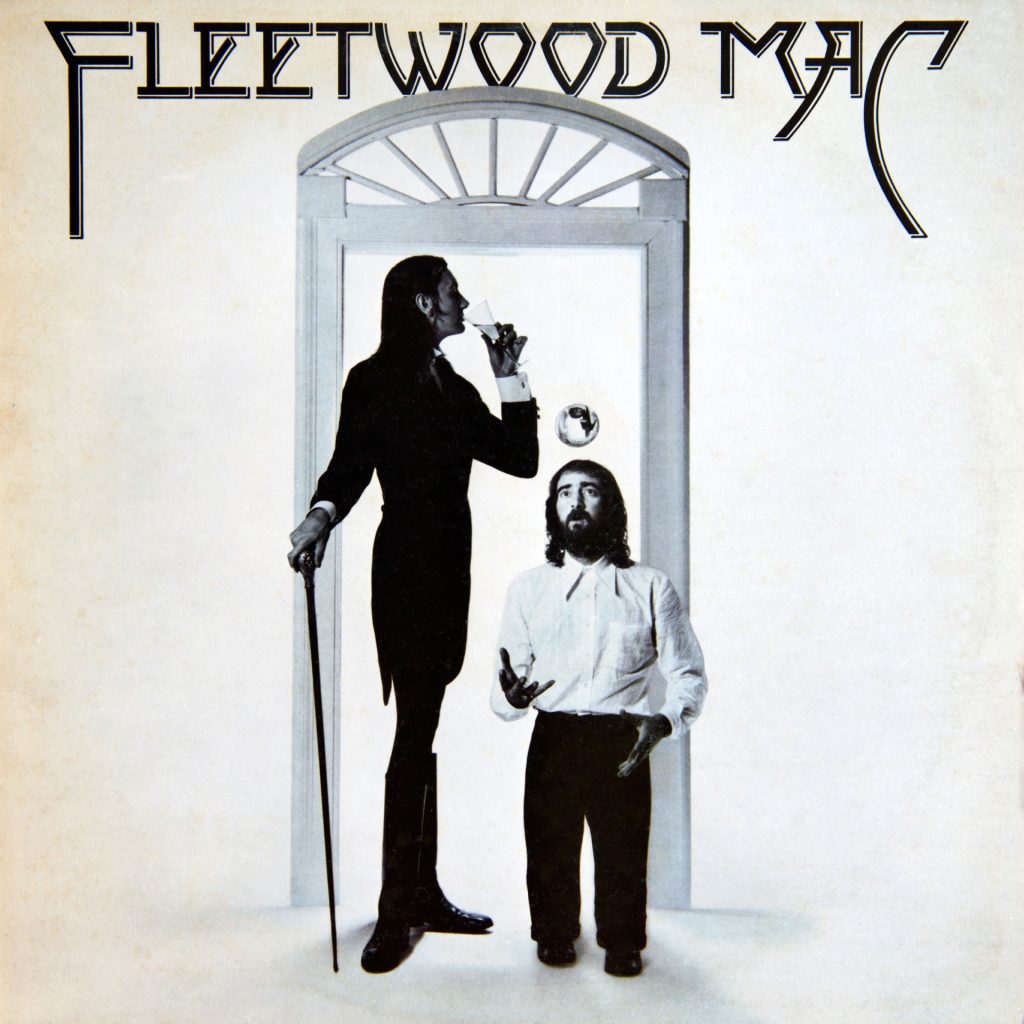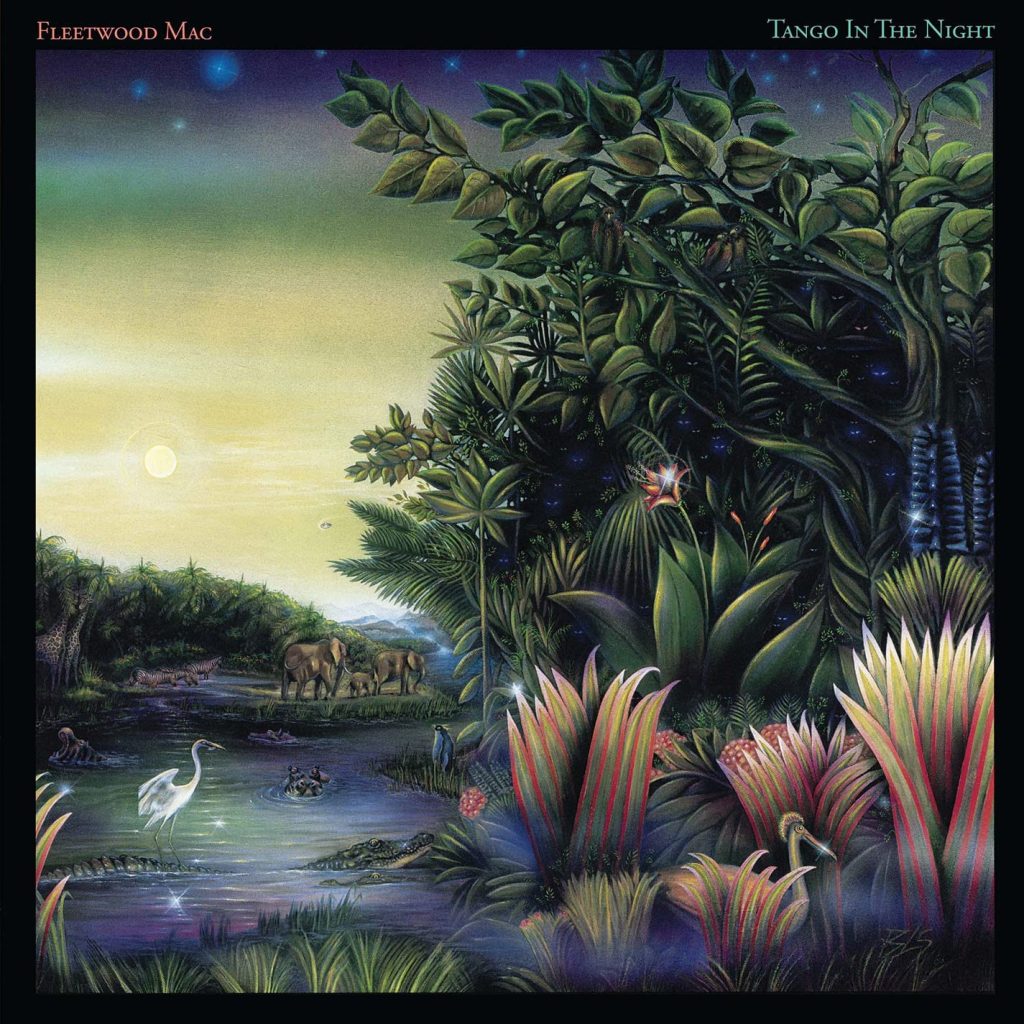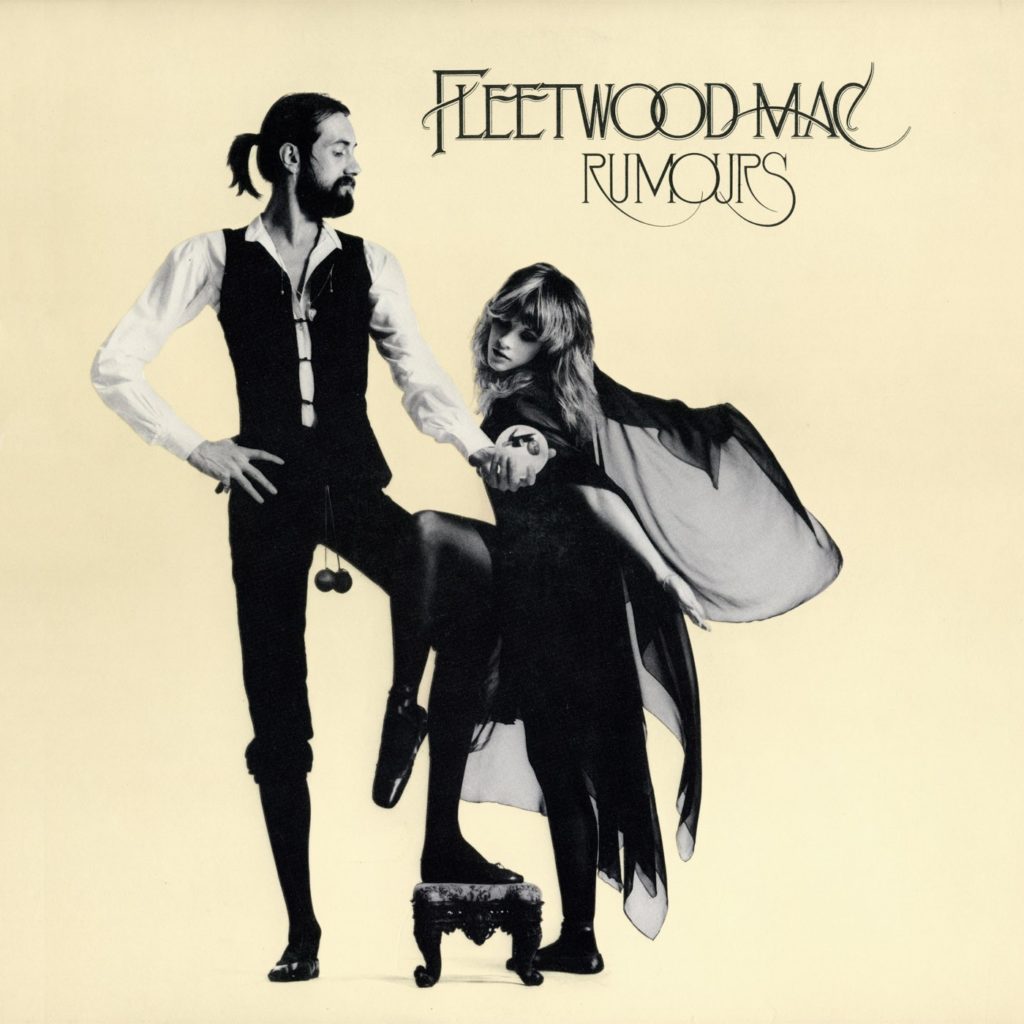Like Fleetwood Mac themselves, the best Fleetwood Mac album covers are enigmatic artworks that have inspired no shortage of rumours of their own. Full of drama, psychedelic whimsy, lush landscapes… and plenty of penguins, they offer a fascinating way of tracing the band’s development over the decades. Here we rank and review all 18 of Fleetwood Mac’s studio album covers.
Listen to the best of Fleetwood Mac here, and check out our best Fleetwood Mac album covers, below.
18: ‘Behind The Mask’ (1990)
Released at the dawn of a new decade, Behind The Mask also represented a turning point for the band – it was their first album without guitarist and songwriter Lindsey Buckingham since he joined in 1975. Perhaps surprisingly, the new line-up, featuring replacement guitarists Billy Burnette and Rick Vito, didn’t want to appear on the sleeve for Behind The Mask, so founding member Mick Fleetwood asked photographer Dave Gorton to shoot an image that “spiritually symbolised” the band. Gorton delivered an image of a young woman turning her back on an outdoor jam session with storm clouds gathering overhead.
Photographer: Dave Gorton
